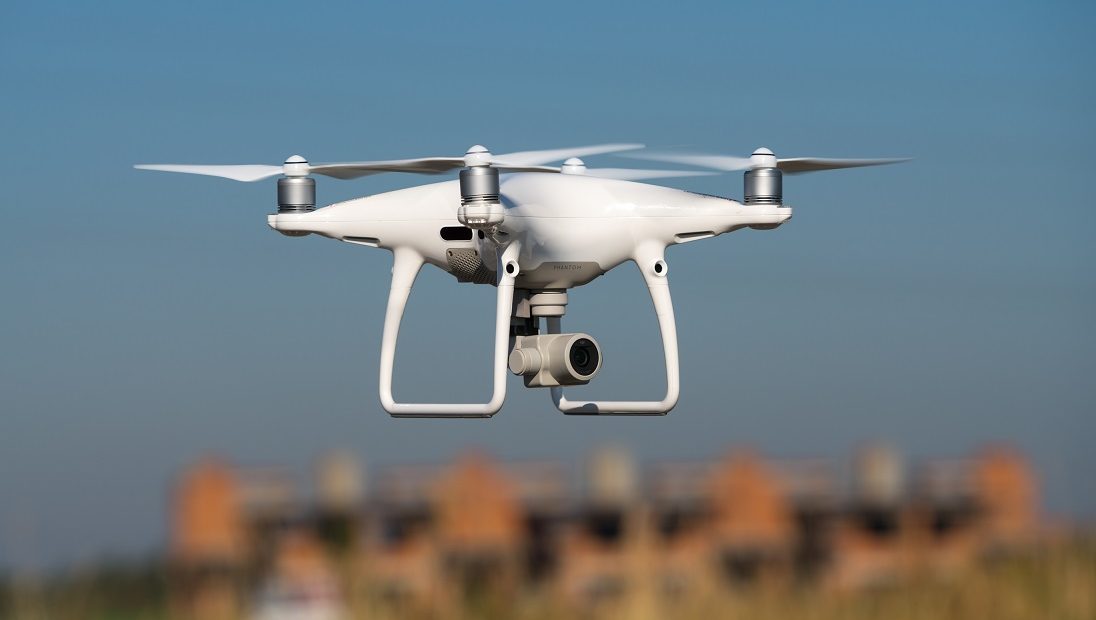76Views

An aerial drone can provide first responders with invaluable eyes-in-the-sky perspective that reduces risks of escalation, increases odds of apprehending suspects and fosters community trust. Furthermore, police departments use them to help determine whether a car should be sent out to incident sites.
ACLU and privacy advocates have voiced concerns about Flock technology, questioning its compliance with Fourth Amendment privacy provisions by disclosing private information to third-parties. Flock claims it offers transparency portals which show details such as storage duration and who can access data.
Surveillance footage can be used as evidence in a DUI hit and run case
An experienced car accident lawyer can help you build a strong case by using surveillance footage as evidence against those at fault and assist in filing insurance claims for your injuries. With irrefutable proof that could speed up proceedings and speed settlement times.
Drones provide an effective means of gathering high-resolution images from a distance without endangering physical safety or being noticed, making them especially useful in remote locations or restricted access areas. Furthermore, drones provide key situational awareness for police, fire and emergency responders.
If you need surveillance footage, start by identifying nearby sources. When contacting those responsible for these cameras, politely request their footage if necessary – otherwise your attorney can file a subpoena to force compliance with law. In addition, law enforcement can often provide bodycam footage.
It can help prove the intoxication of the driver who fled the scene
Proving intoxication after a hit-and-run can be challenging. Police officers will document the scene and those involved, looking out for any visible signs of intoxication or any signs that they might have consumed alcohol prior to driving. They’ll also prepare official accident reports that can be used as evidence in court. These reports offer authoritative analysis on what occurred that can make or break your case.
Depending on where the accident took place, surveillance cameras may have captured it. Knowing where to look will allow you to request footage quickly as many systems overwrite older footage after certain periods. Your lawyer can send a preservation letter in order to prevent deletion of footage.
Police can also utilize drones to record an accident scene, providing valuable footage for hit-and-run cases as well as crime prevention efforts such as helping combat impaired driving. Although drones do have their drawbacks, this technology can be invaluable when fighting hit-and-run cases or protecting impaired drivers from prosecution.
It can help identify the cause of the crash
Finding evidence against those responsible in DUI hit and run cases can be one of the greatest challenges, yet surveillance footage may provide valuable evidence in your favor. Traffic cameras, security cameras at businesses or private properties and drones all can capture footage of an incident, providing crucial evidence against drivers who flee after an accident occurs.
Traffic cameras are used to monitor roads and intersections, gas stations and parking lots; sometimes these cameras will even record video surveillance footage for businesses which won’t release it; an experienced car accident attorney may help persuade these establishments to release this footage.
Drones can serve various functions, from monitoring traffic to helping law enforcement officials enforce traffic violations. But their use can be controversial as they intrude on areas in which people have an expectation of privacy; for this reason they should only be used with a warrant or emergency situation; also they should never be flown over private property or into people’s backyards.
It can help identify the vehicle involved in the crash
Footage can be an invaluable piece of evidence in a DUI hit and run case, helping identify drivers, establish liability and damages, and prove intoxication. A skilled DUI attorney should pursue every avenue available to them to secure footage such as asking nearby residents for video doorbell footage or even requesting law enforcement bodycam or patrol car footage through official channels.
Finding surveillance sources is the first step in collecting footage. Look out for traffic cameras at intersections, security cameras at businesses, and private cameras on residential properties as potential sources. When you find promising sources, contact them politely and request access. It is advisable to act swiftly because many cameras’ storage capacity will likely fill up within days after recording an accident scene.
Not only can surveillance footage identify vehicles involved in an accident, it can also document road conditions and provide valuable insight into how it happened – such as showing the force of impact or showing how serious injuries were sustained.



